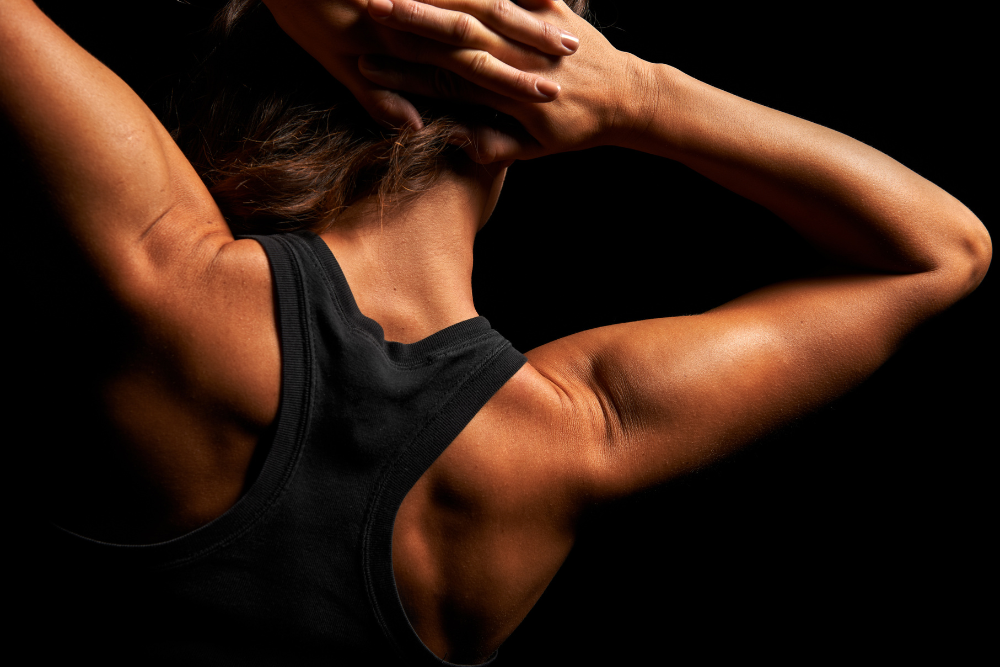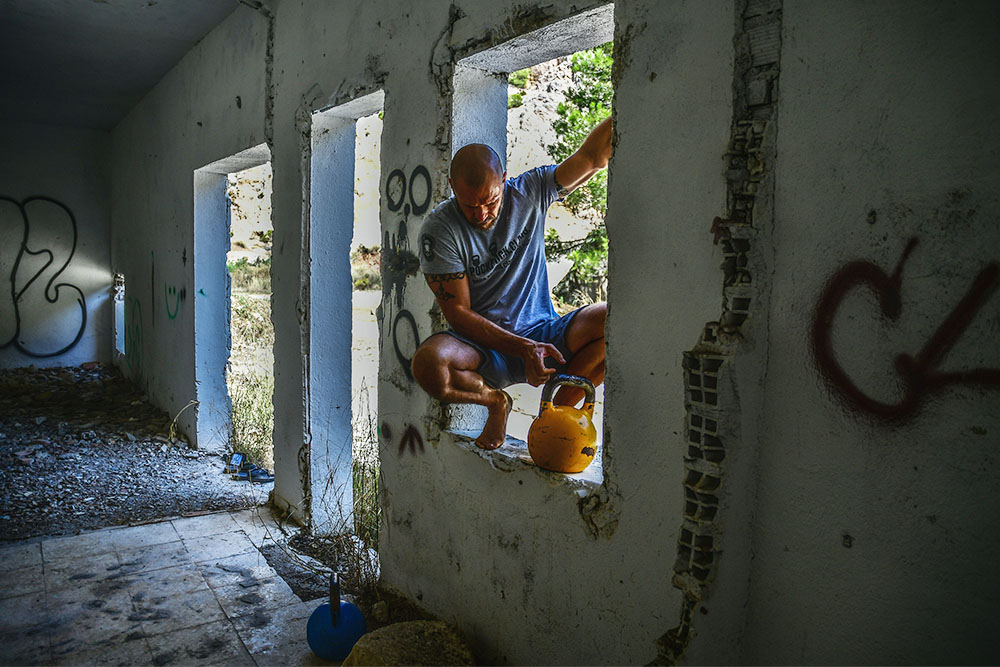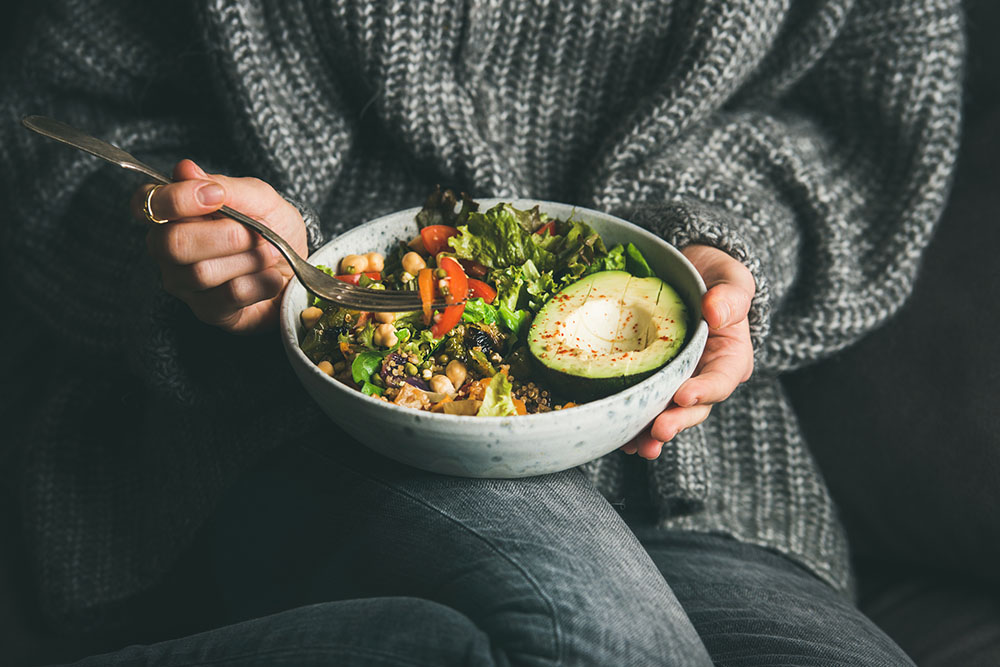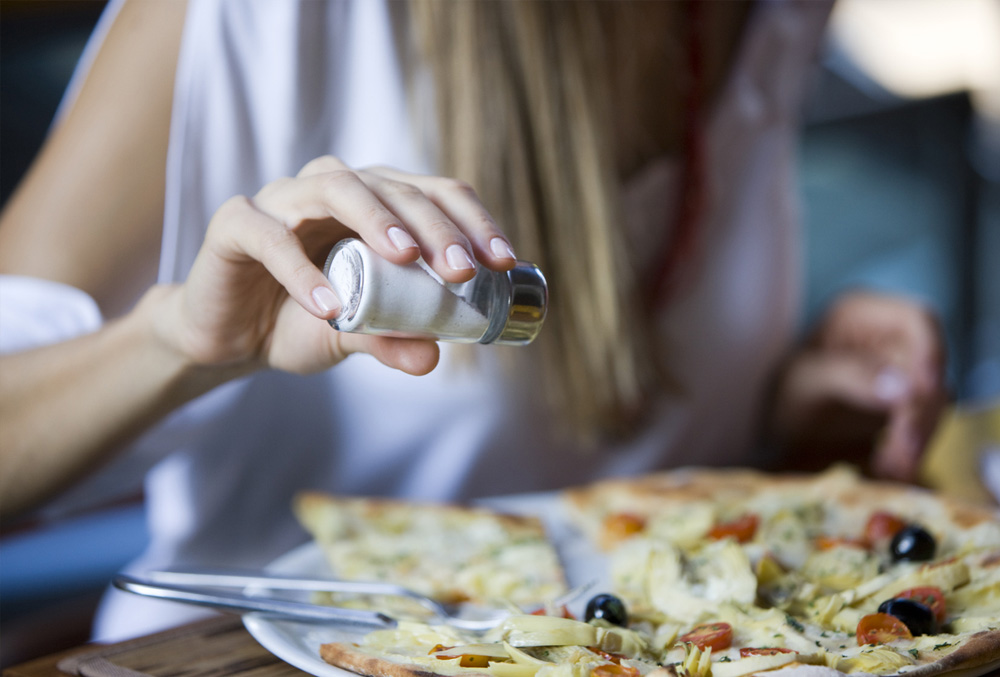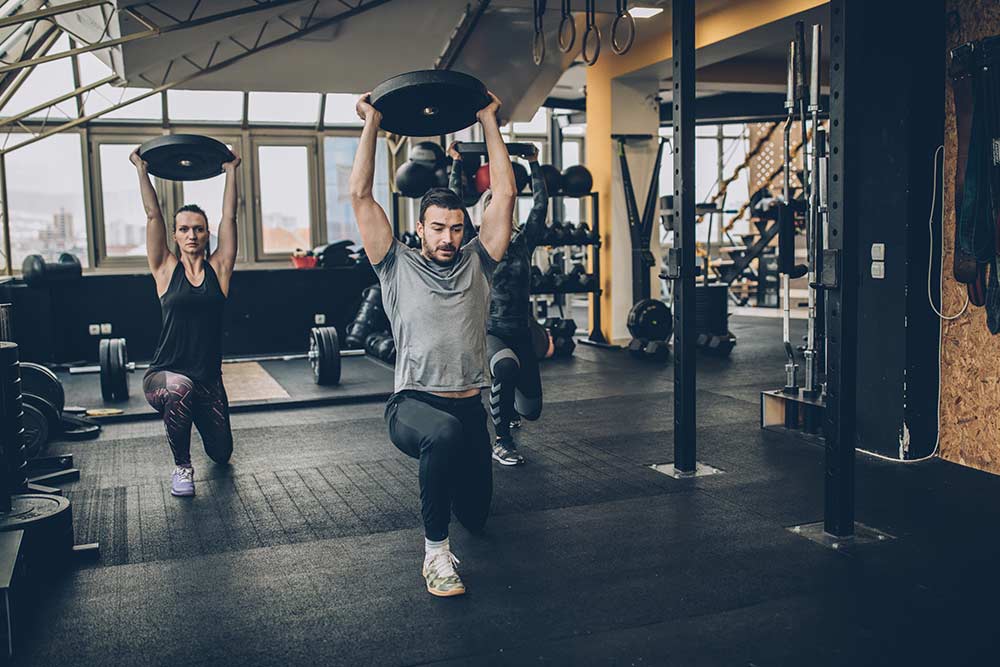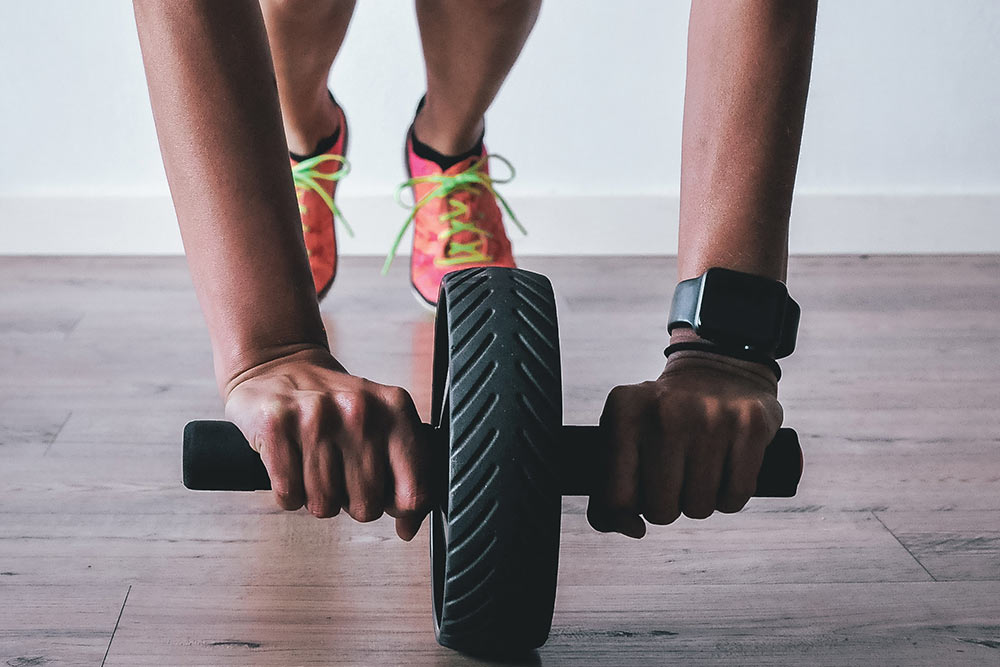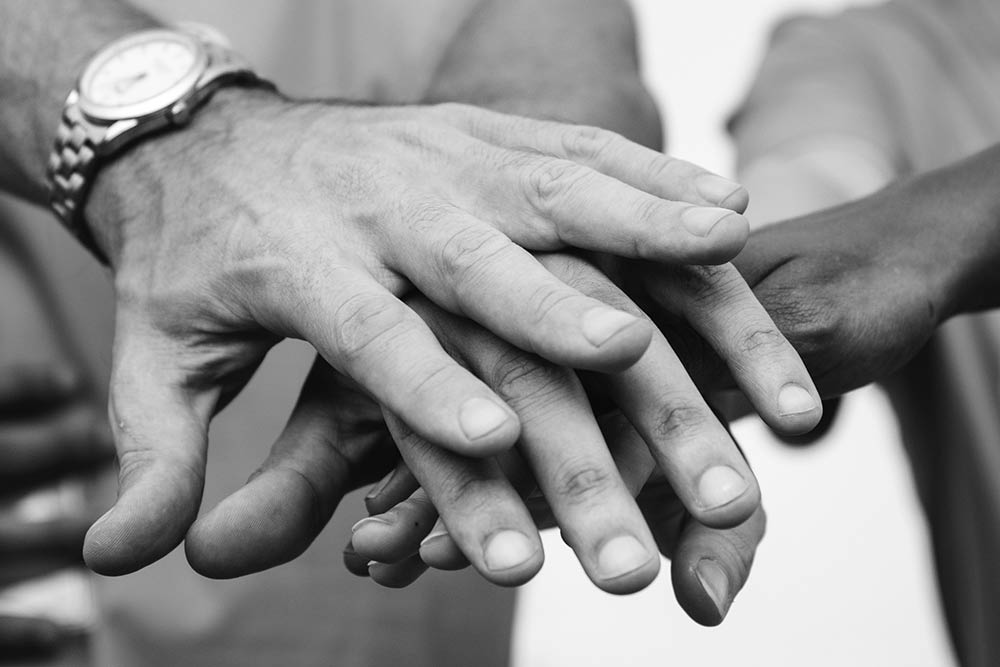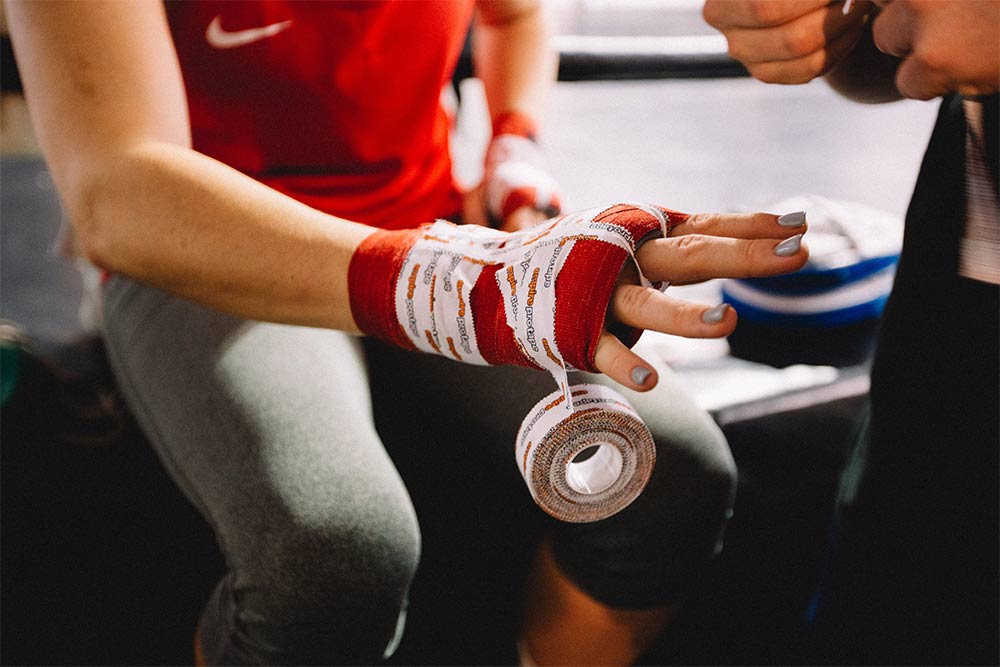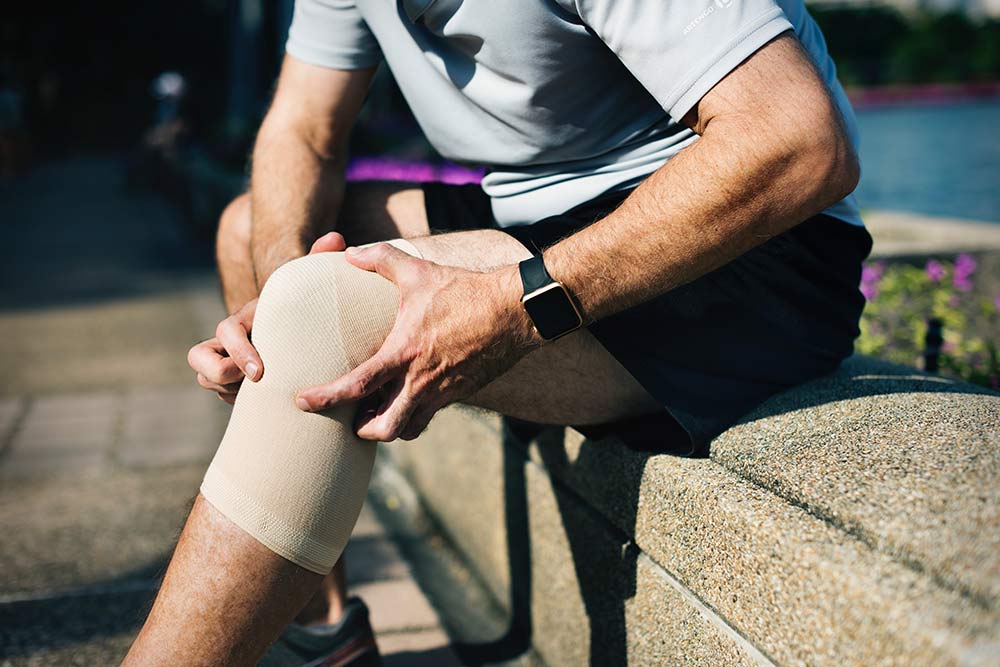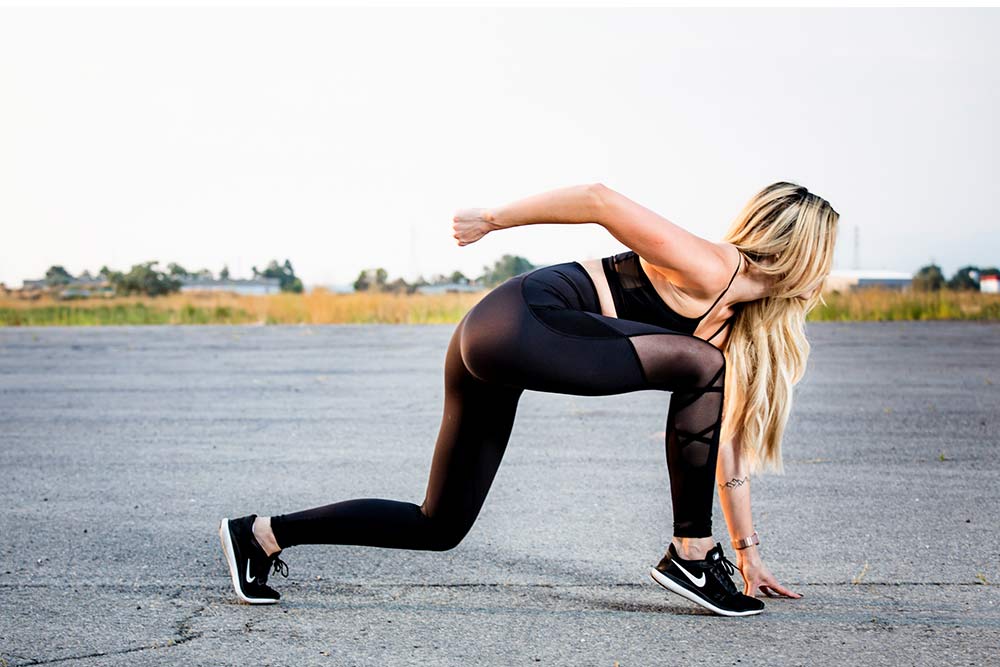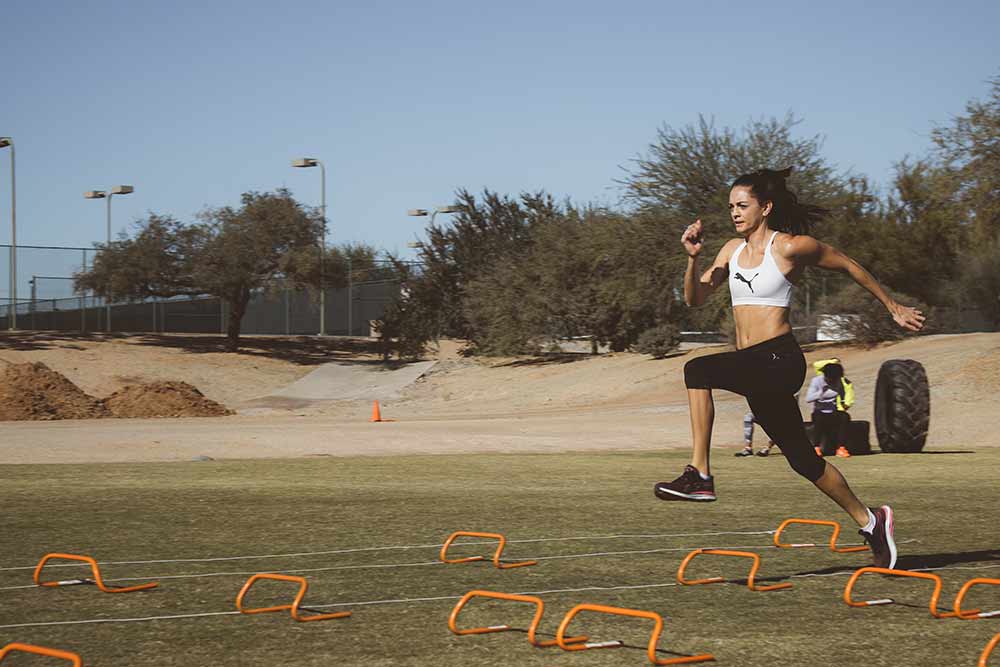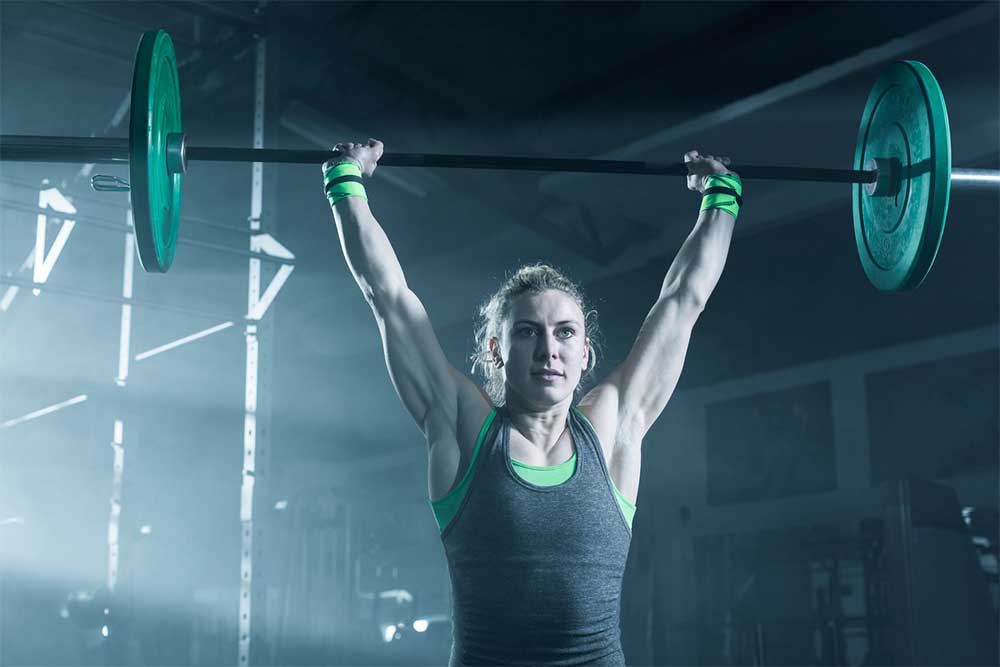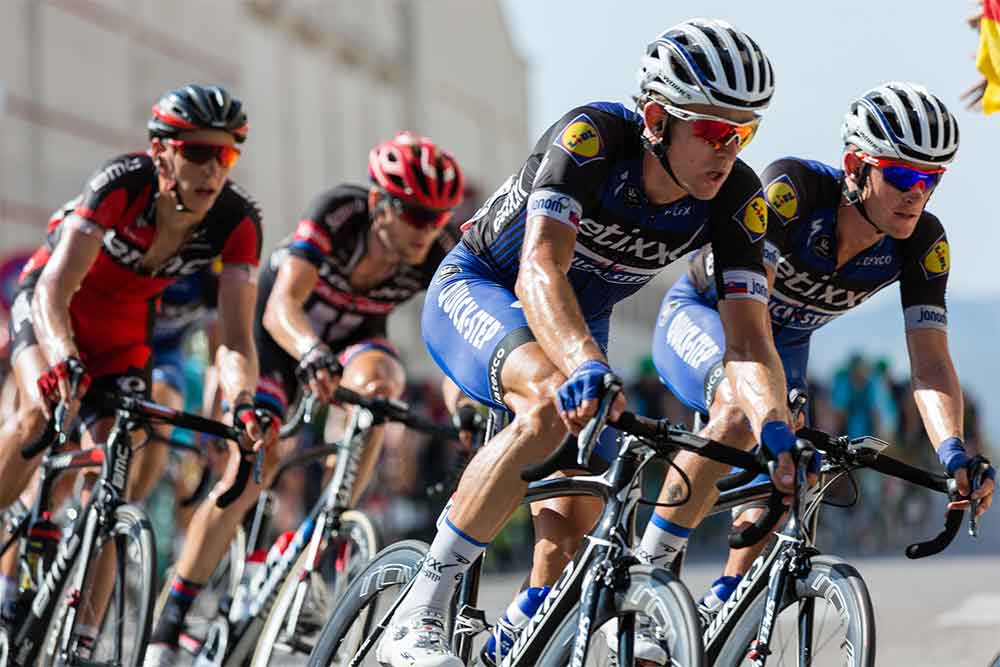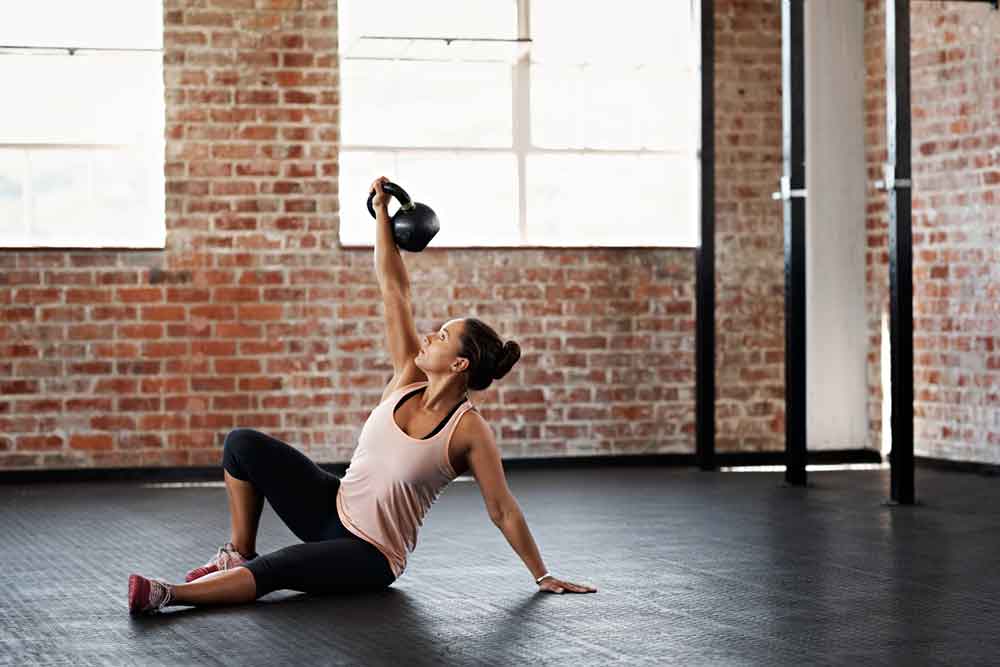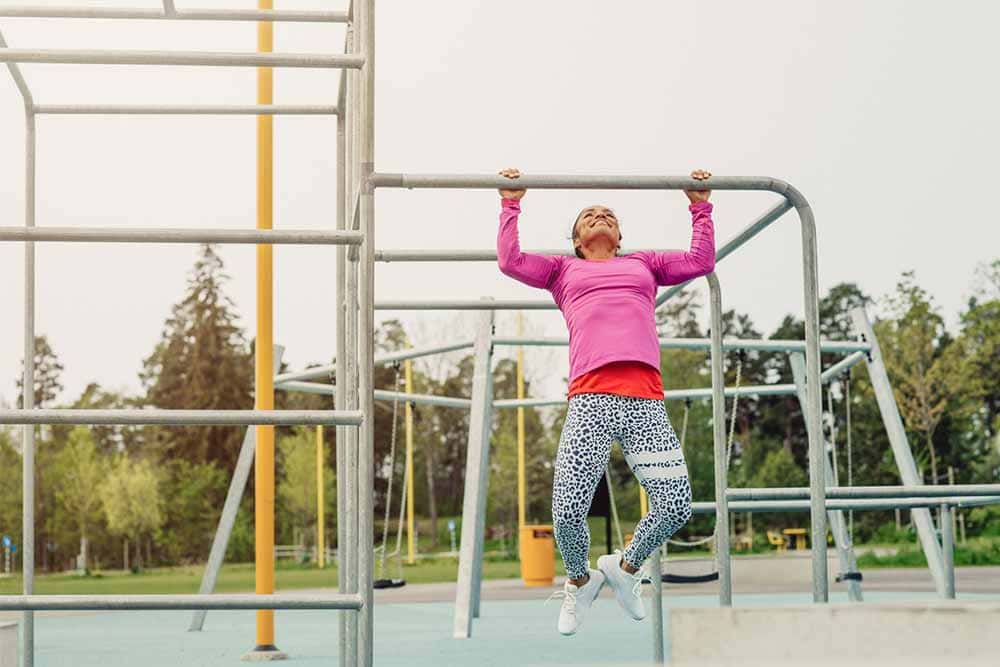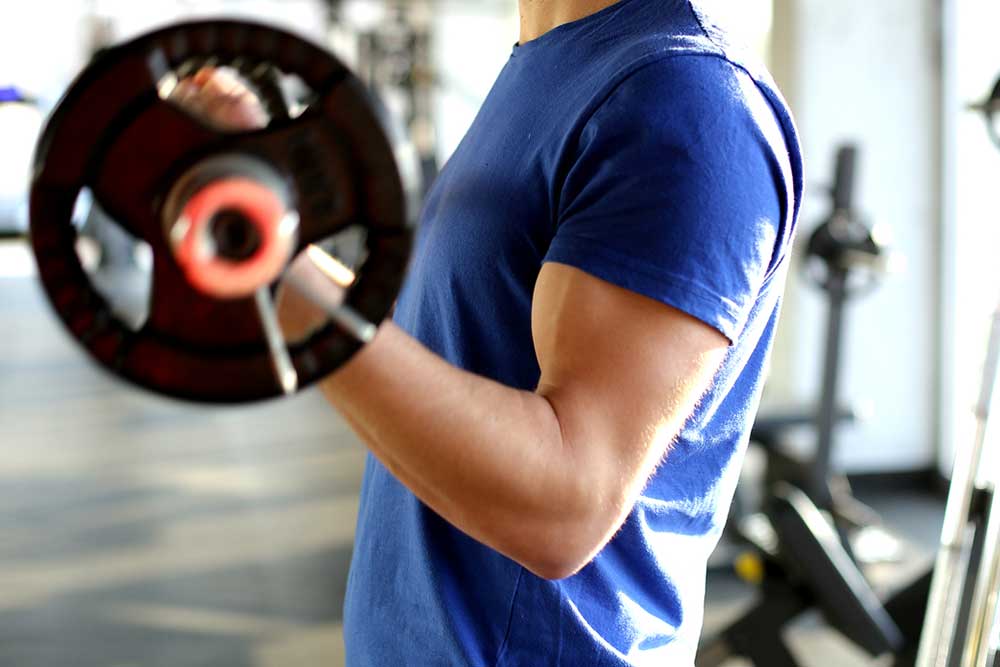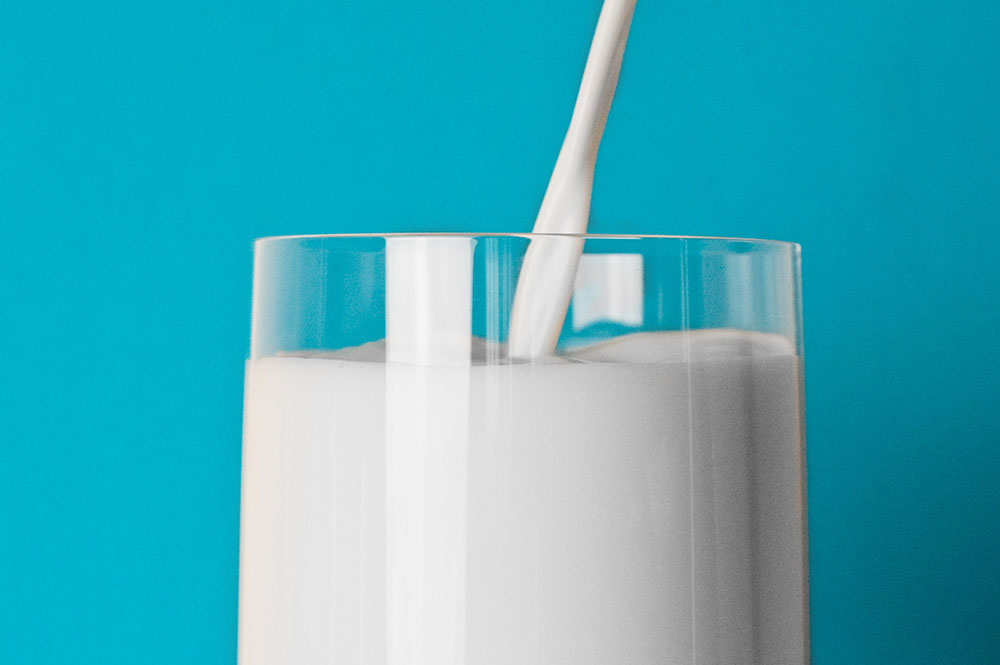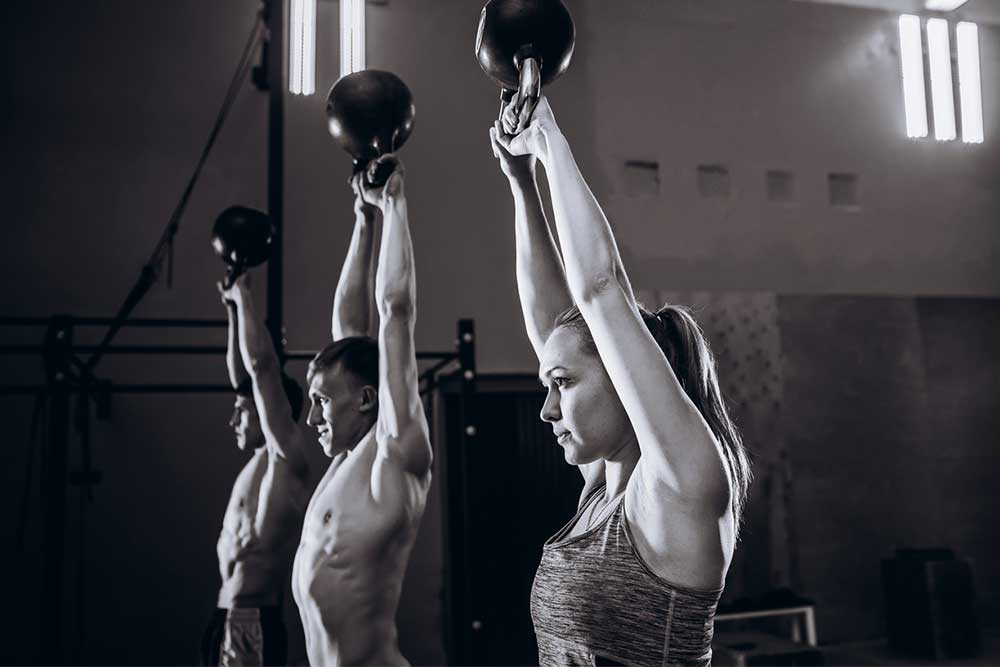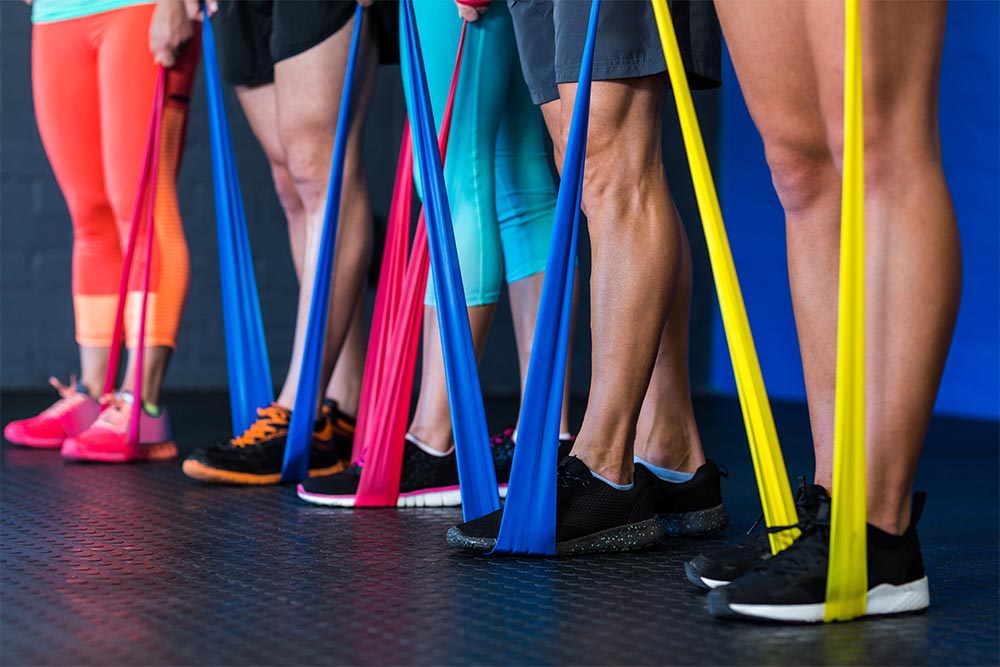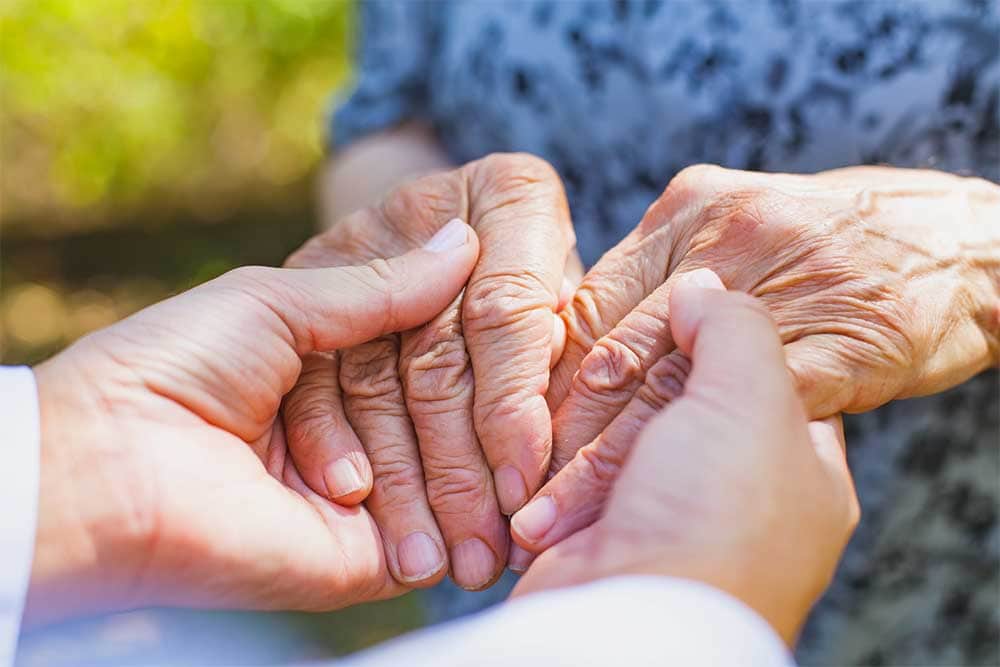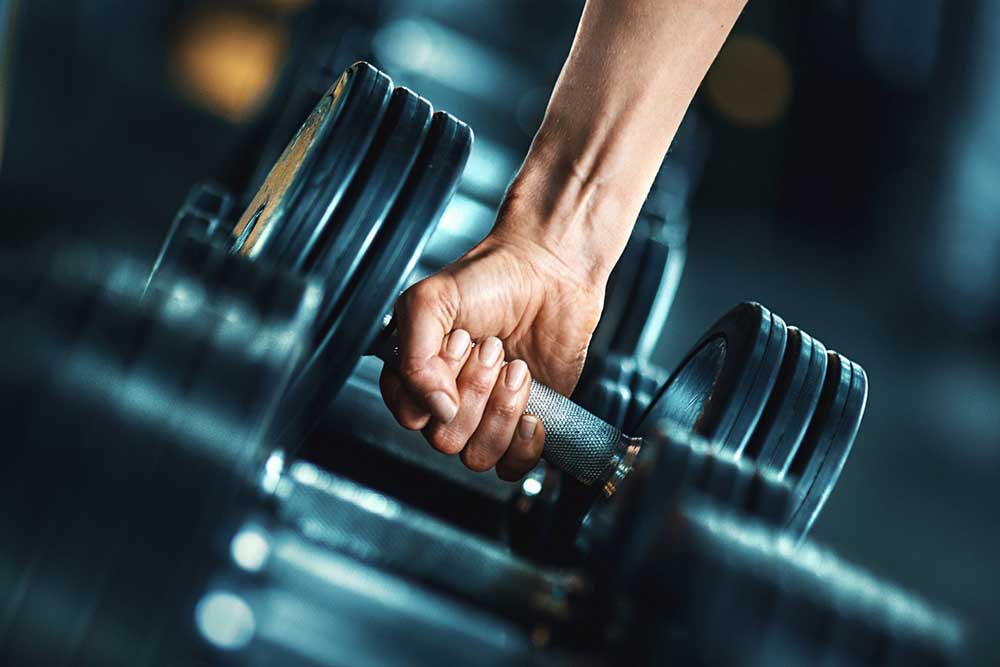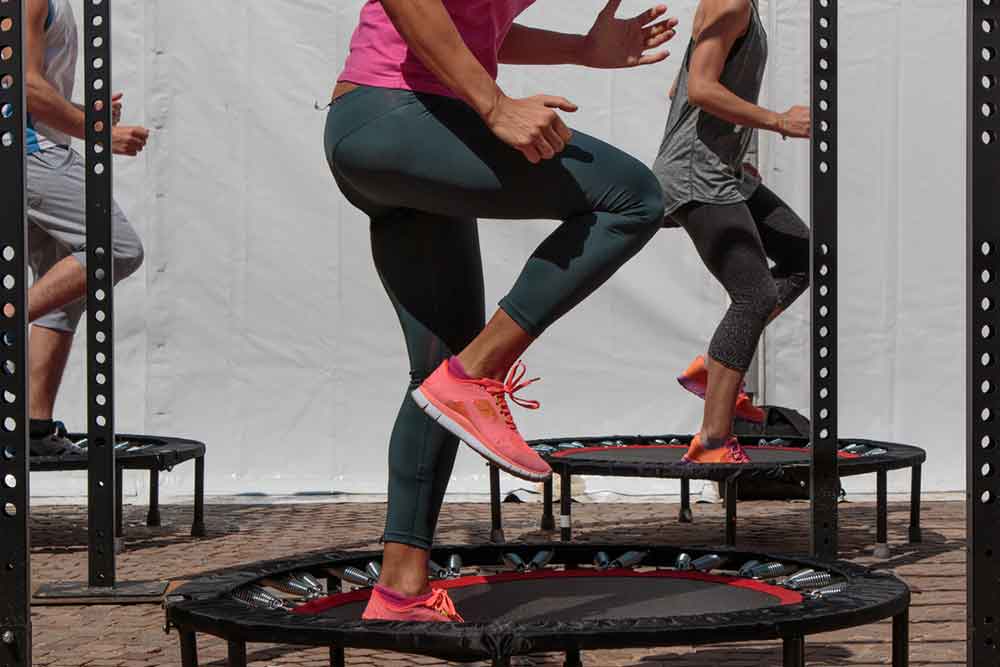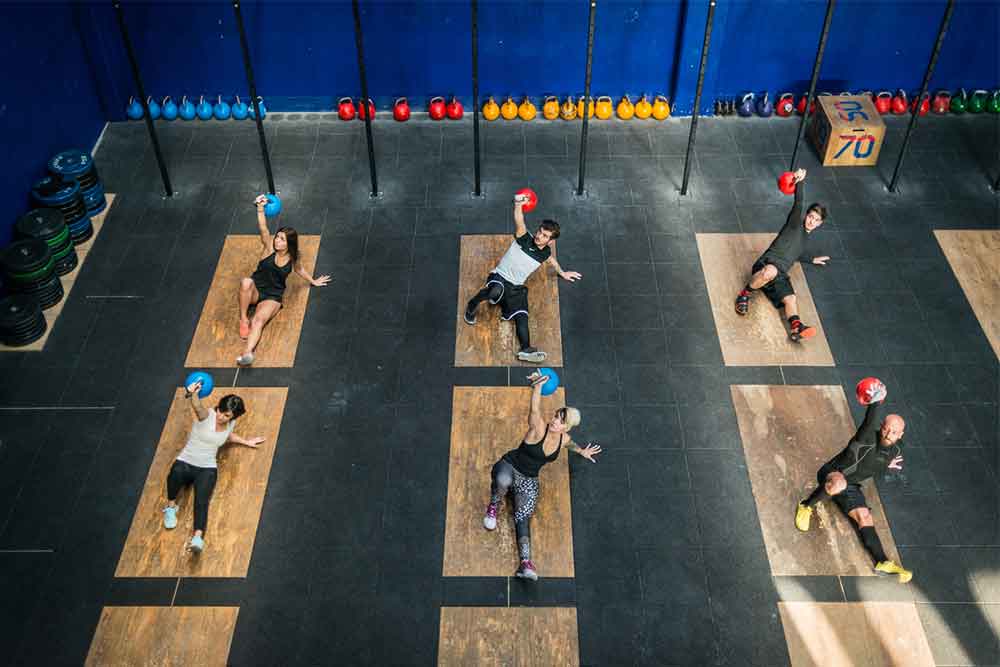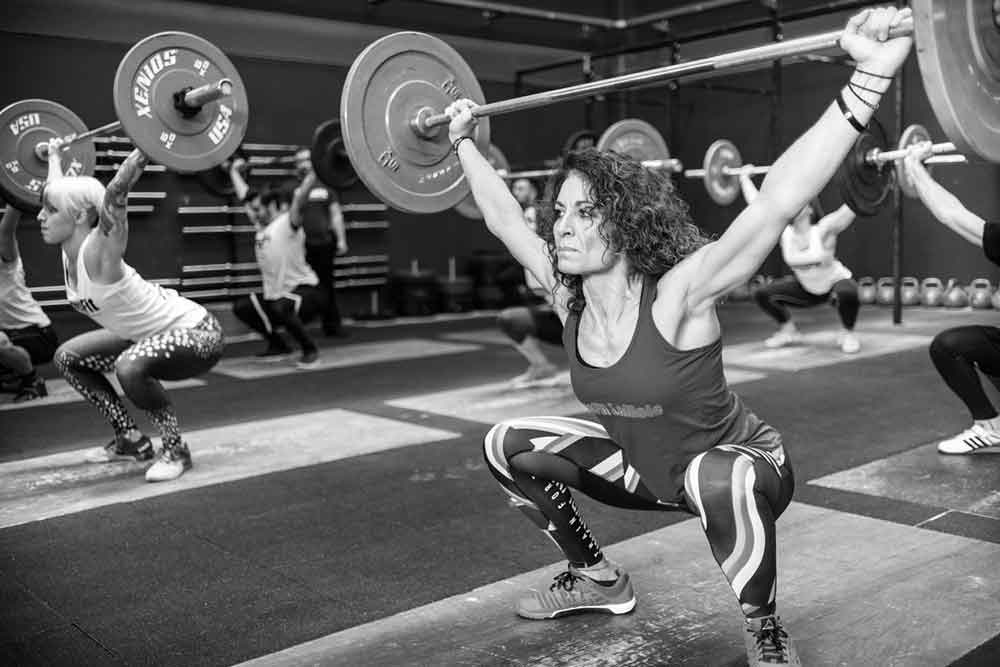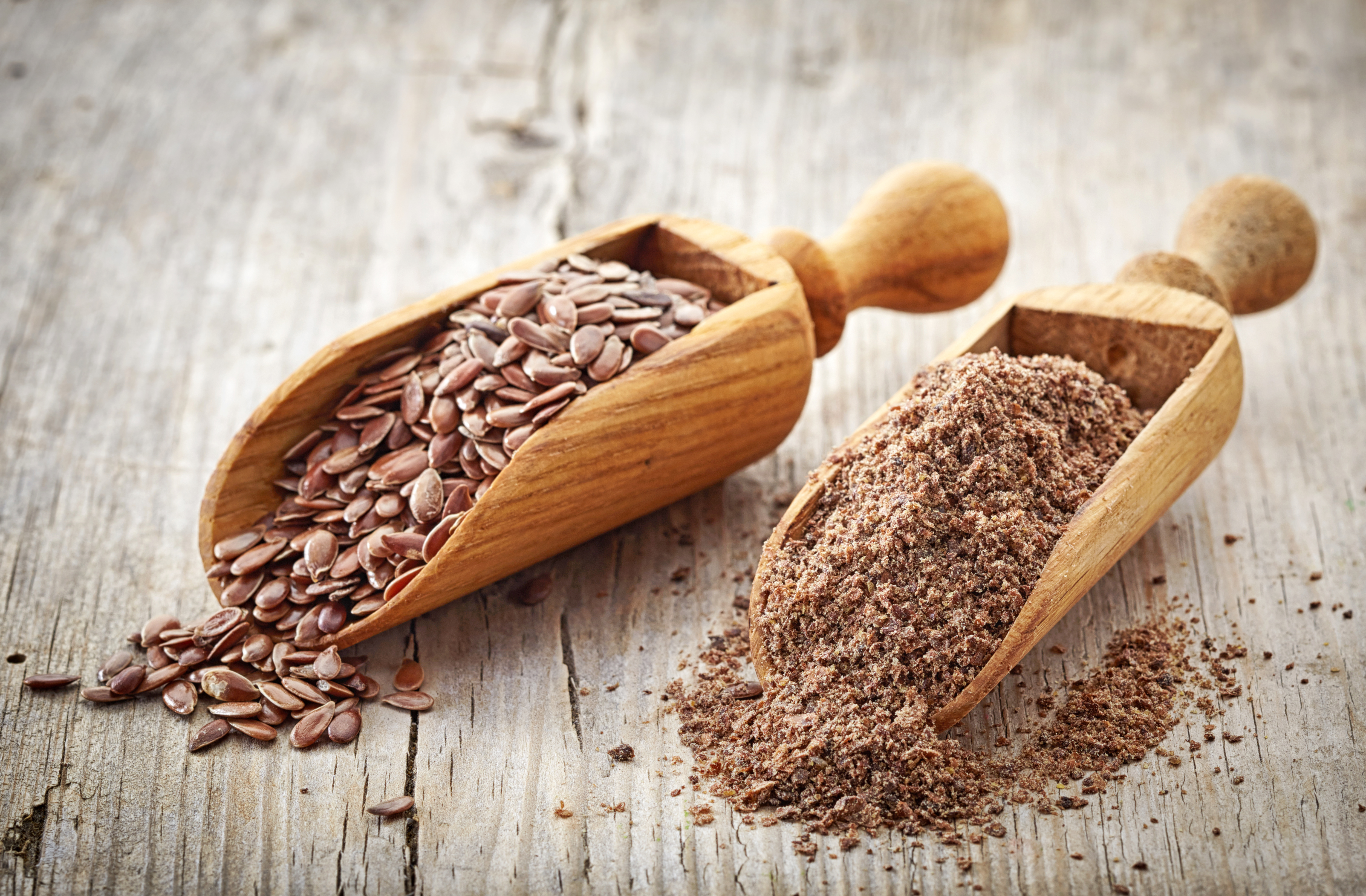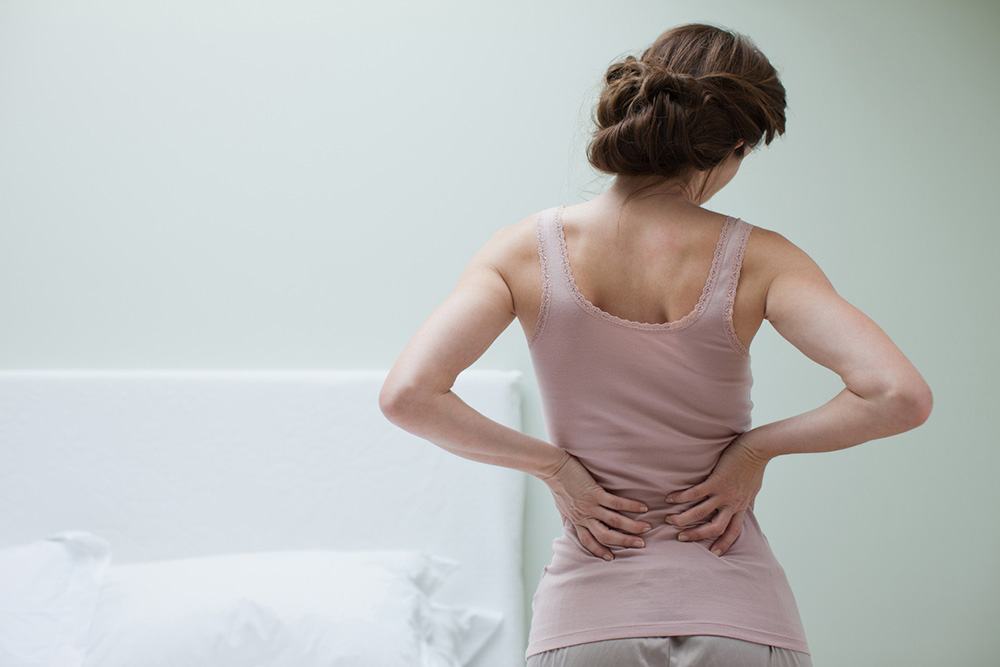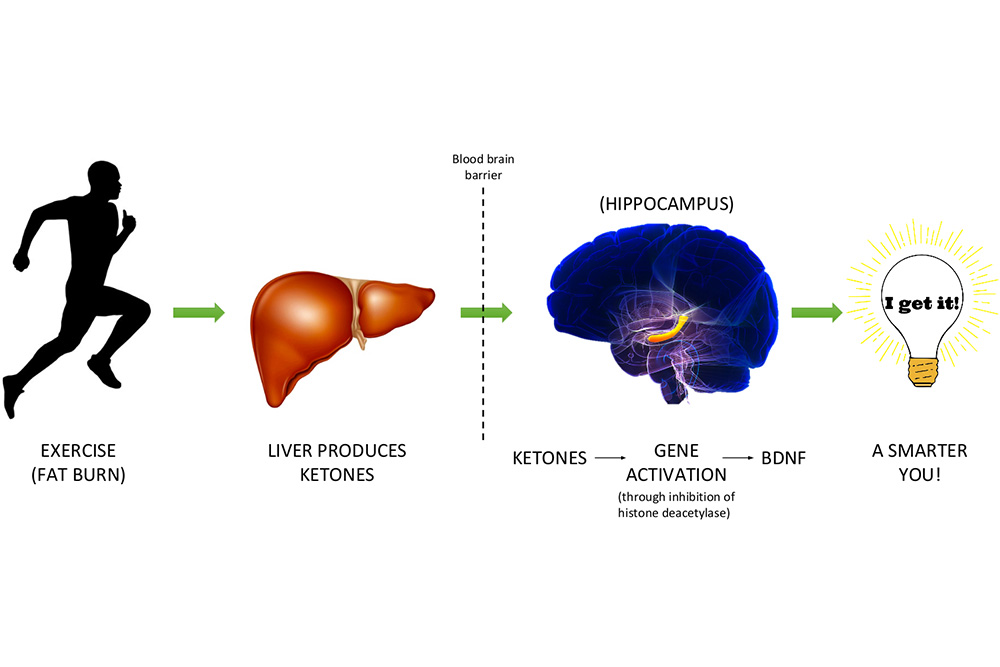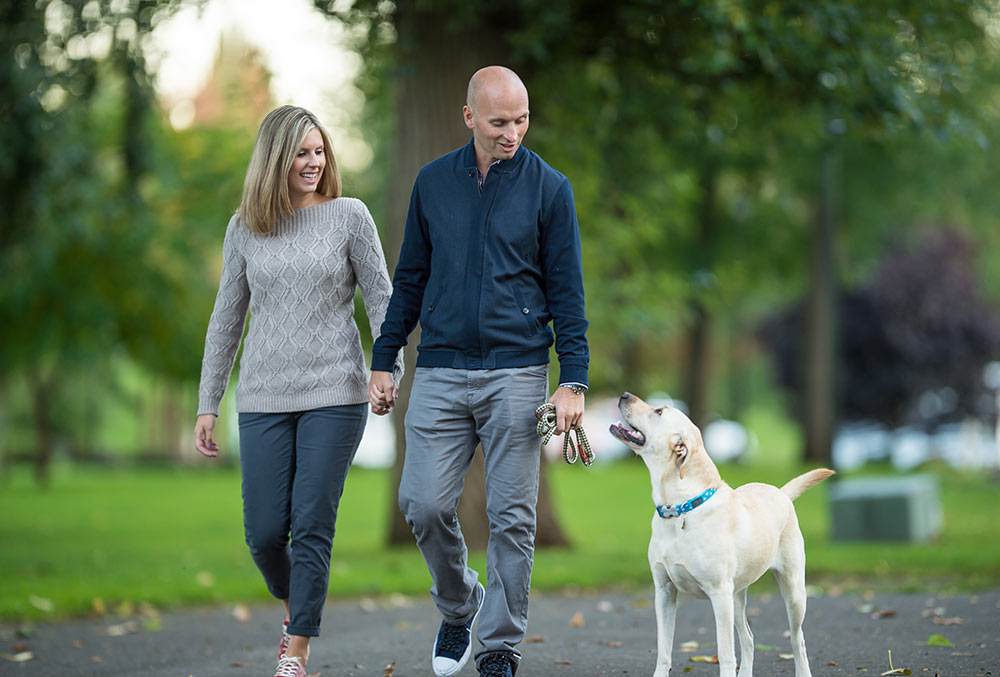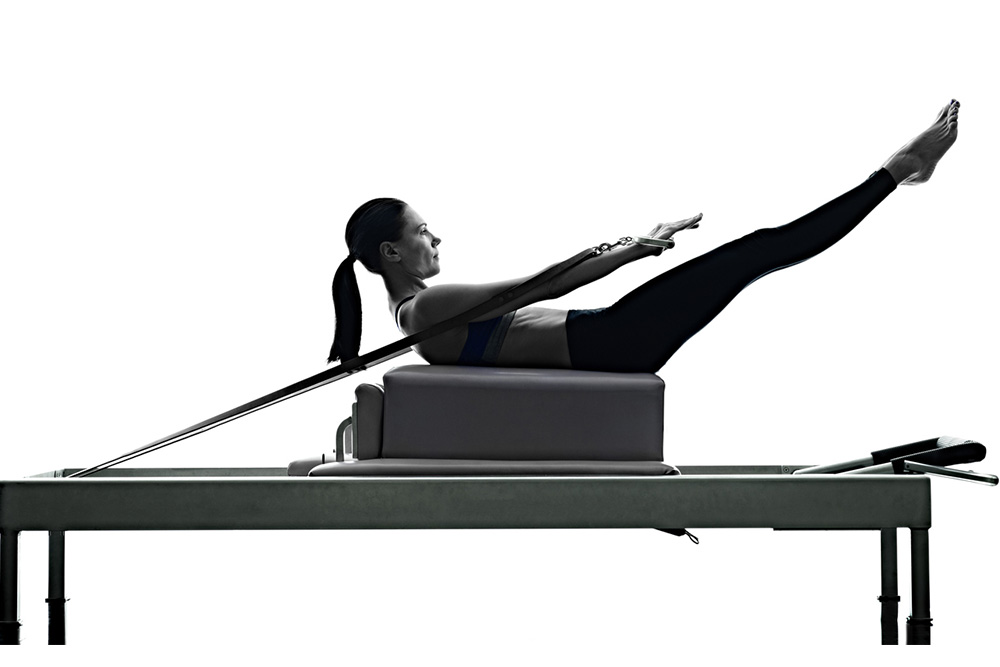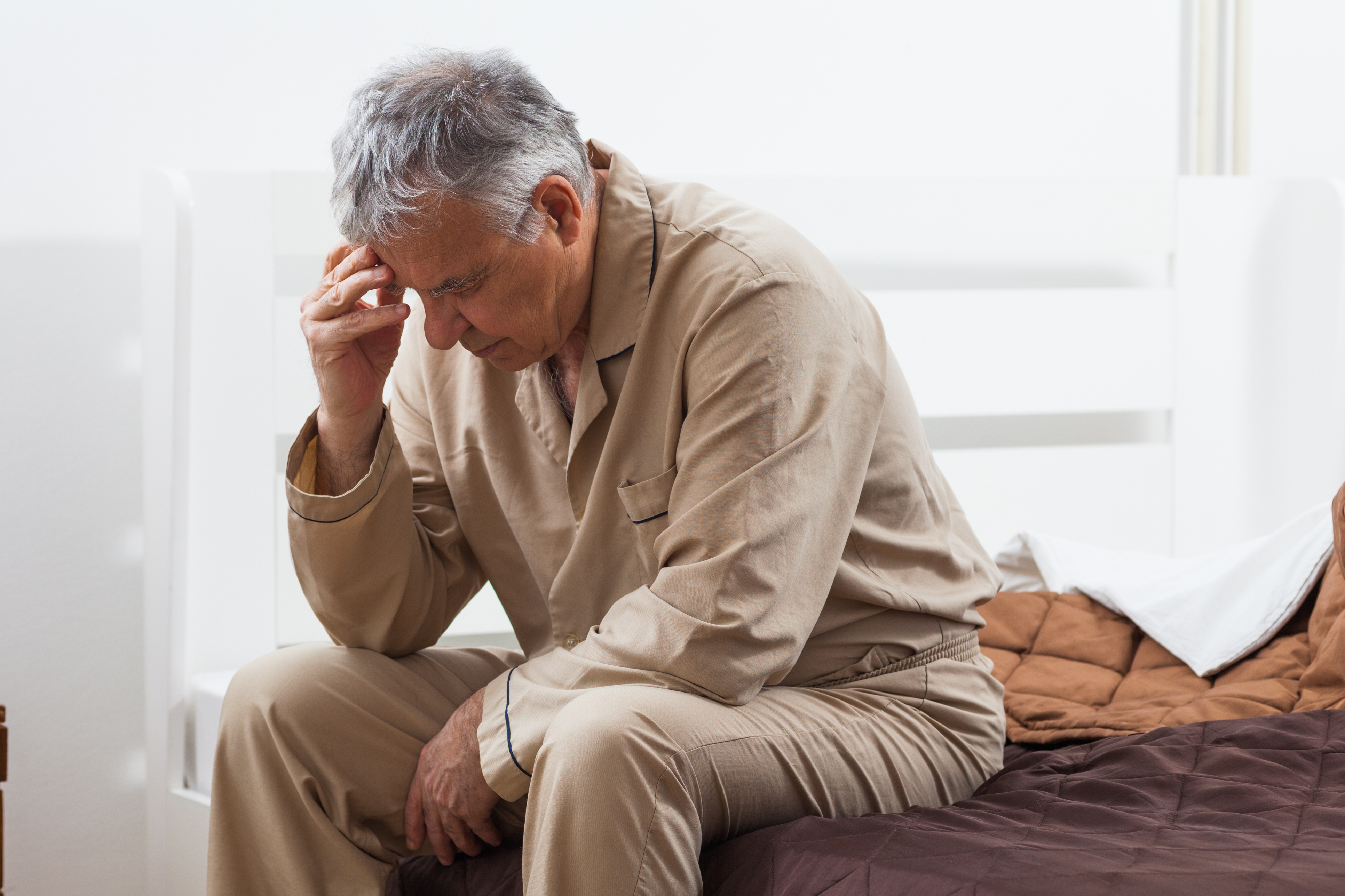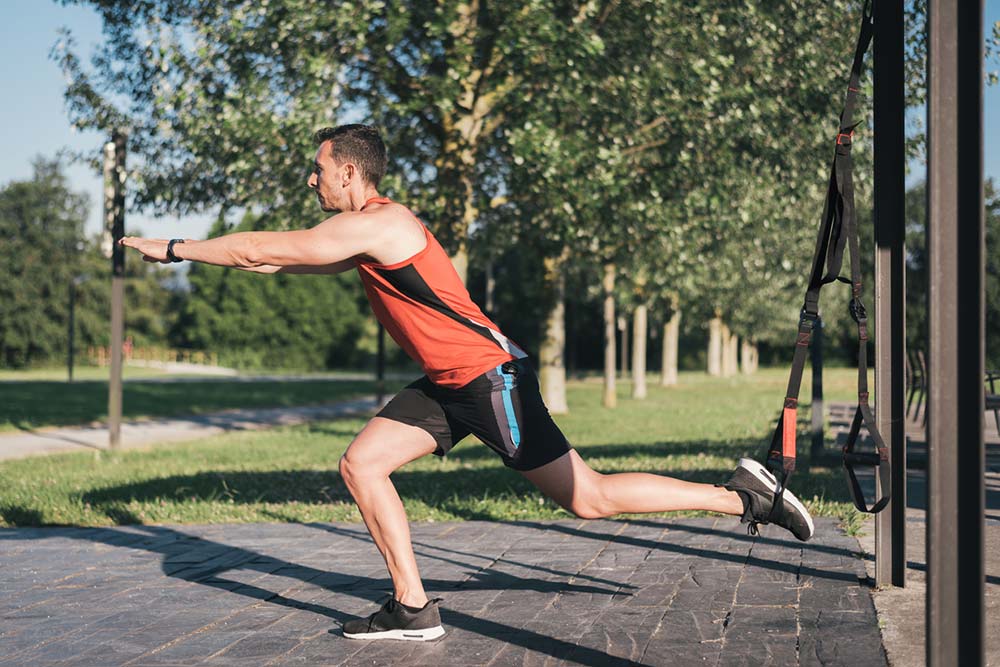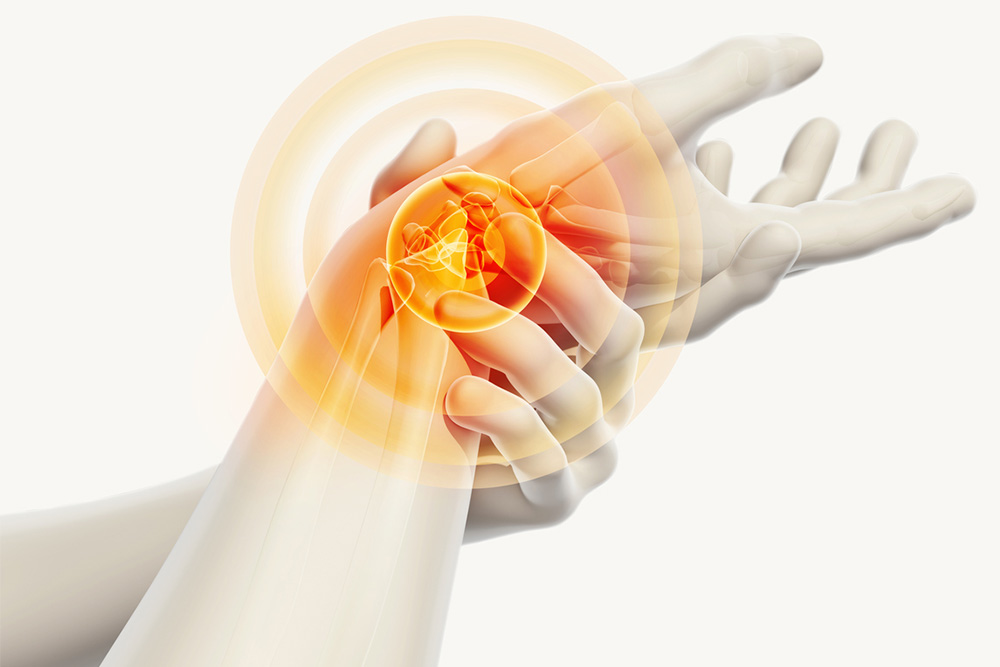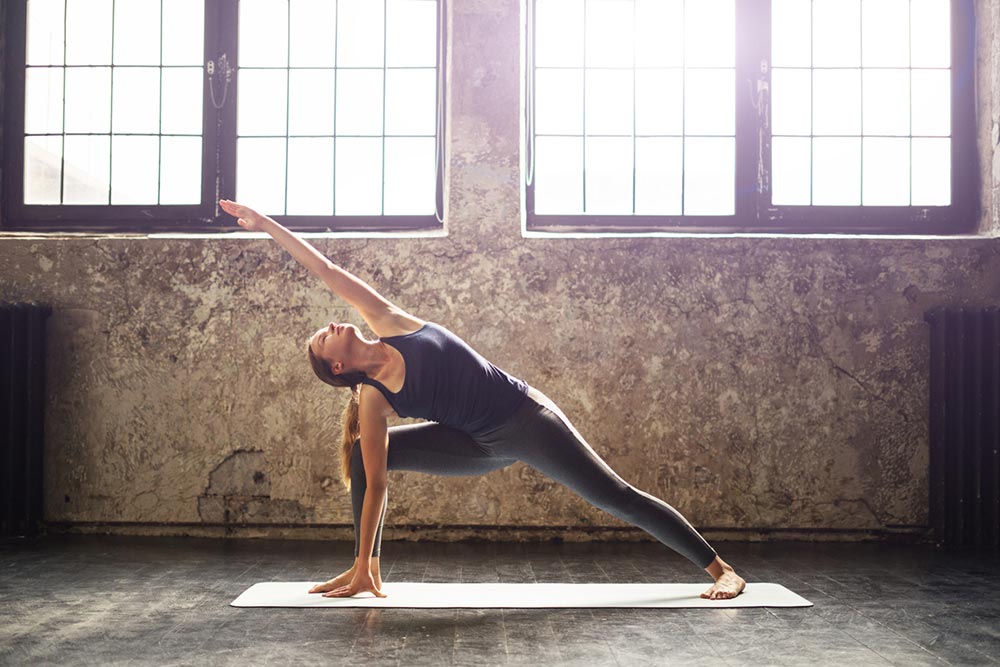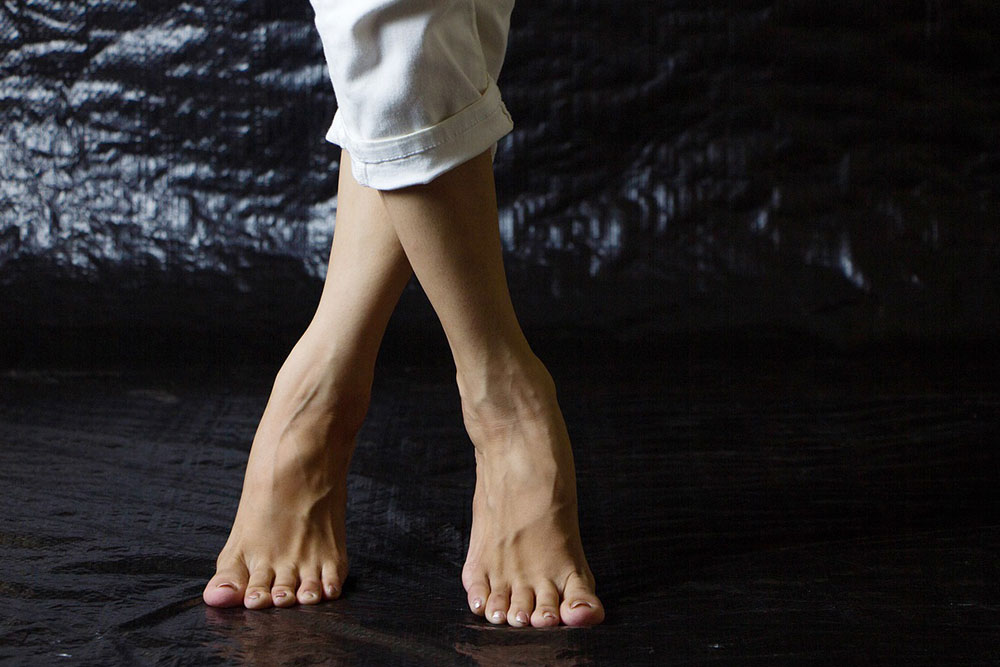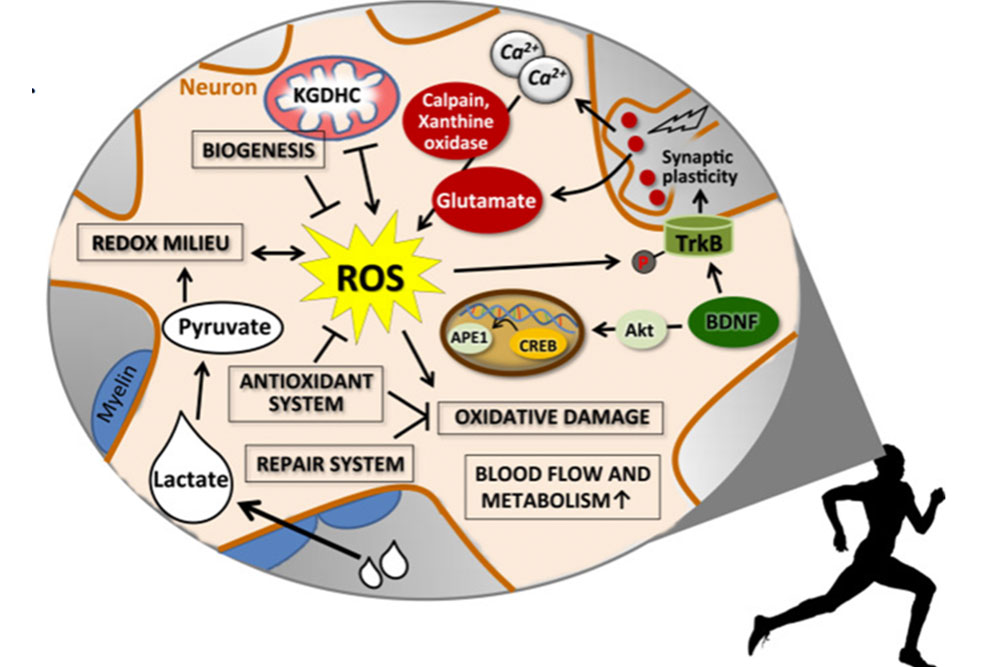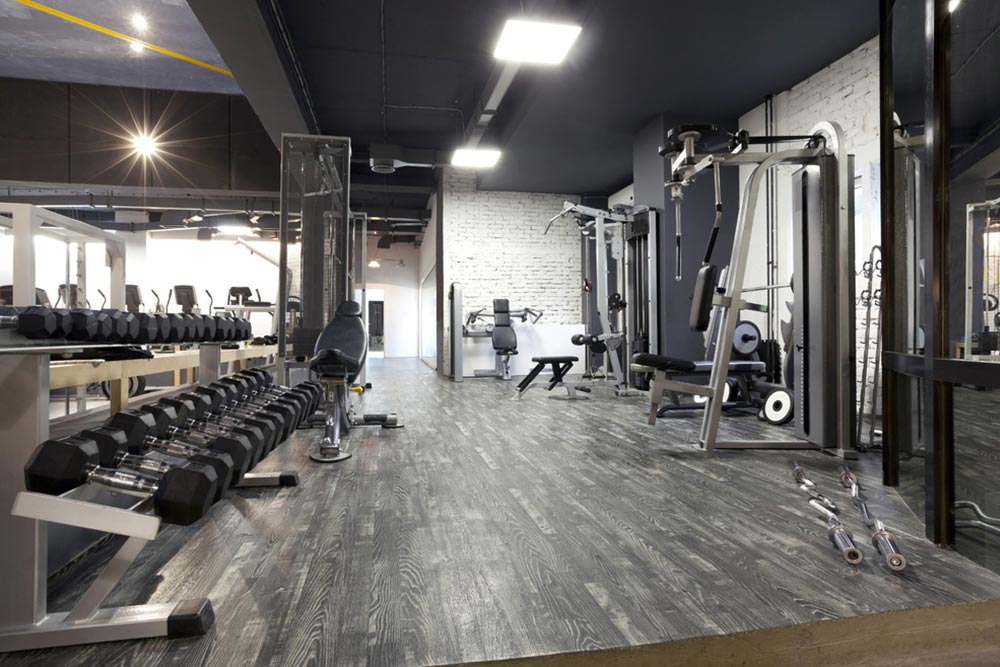Breast density, exercise, and breast cancer: What you need to know

Most people know that breast cancer is incredibly common – but what many people fail to realize is that it is also the leading cause of cancer-related deaths worldwide
In short, it is one of the biggest health problems facing society today.
This is why there has been so much research dedicated to finding practical ways of detecting, preventing, and helping treat this debilitating disease – which is exactly where breast density enters the discussion.
What are dense breasts?
Dense breasts are pretty much exactly what they sound like – breasts that are denser than normal (Cruwys, 2017).
See, breasts contain a unique combination of glandular, connective, and fat tissue. And breast density is a term used to describe the relative amount of these types of tissues as seen on a mammogram.
In short, dense breasts have relatively high amounts of glandular and connective tissue and relatively low amounts of fatty breast tissue.
But why is this important?
Well, your breast density has implications for both breast screening and breast cancer risk. Dense breast tissue obscures cancers on a mammogram. Moreover, dense breasts are also thought to be a risk factor for the development of breast cancer (but more on that later).
So, I guess you could say breast density is quite important…
Are dense breasts linked to a higher risk of breast cancer?
I have already alluded to the fact that there is a link between breast density and breast cancer – but I haven’t yet spoken about just how significant it is (Nazari, 2018).
See, those women who have dense breasts are thought to be around twice as likely to develop breast cancer than those who do not.
Twice.
Moreover, those individuals with denser breasts tend to develop more serious types of breast cancer, suggesting that it may play a role in the aggressiveness of breast cancers.
Who is most likely to have dense breasts?
Now, this is all well and good, but you might be wondering what causes dense breast tissue – and it ultimately comes down to a combination of age, genes, and lifestyle factors.
First and foremost, breast density is highly heritable. This means that it is driven by a strong genetic component, in which some people have a certain genetic disposition to developing denser breasts than others (Boyd, 2009).
It is important to note that these genes will then be passed on generationally – so if your mum has dense breasts, then you are more likely to have the same.
Second up we have age – and interestingly, the relationship between age and breast density is the opposite of what many expect (Burton, 2017).
See, in general, younger women tend to have denser breast tissue than older women. Moreover, breast density further declines after the onset of menopause, truly demonstrating why early screening for breast cancer is so important.
Finally, we can move into lifestyle factors.
While this area of research is still in its early stages, we have been able to draw some rather strong conclusions. As many would expect, higher alcohol intakes and the use of menopausal hormone therapy have both been shown to increase the risk of developing dense breasts (Azam, 2019).
However, what we would not expect is a very interesting association between weight and breast density…
How does BMI affect dense breasts?
Leading on from our previous section, there has been a large amount of research looking into the relationship between BMI and breast density – and the results have been surprising, to say the least.
It appears that there is an inverse relationship between these two variables. This simply means that those individuals with higher BMIs tend to have less dense breasts (Boyd, 2006).
While this may suggest that having a higher BMI is a good thing, we should clarify that it is anything but.
It is hypothesized that the reason this relationship exists is that a higher BMI generally means more fatty tissue. This reduces the relative amount of connective tissue within the breast – making them appear less dense per cubic millimeter.
However, it is important to note that having a high BMI is also a serious risk for breast cancer. So even though it does reduce the density of your breasts, it is still far from being protective.
In fact, it is the opposite.
Does exercise change the density of breasts?
While we are on the topic of lifestyle factors, I cannot not talk about exercise and breast density.
So how about it – can physical activity change breast density?
And in short, yes, it appears it can.
A recent study set out to answer this question by putting over 200 women through an extensive two-year training regime. They performed around 60 minutes of moderate-intensity exercise per day, in conjunction with an additional strength training session once per week (Masala, 2019).
And the results?
These women saw a significant reduction in their breast density over the course of the two years.
Now, as exciting as these results are, it is important to note that this study was performed in post-menopausal women over the age of 50 years. This means we do not know for certain whether exercise has the same impact on breast density in younger women.
However, we should never forget the fact that exercise itself has been shown to protect against breast cancer time and time again – so you should be performing some exercise, irrespective of your age.
You may also like: Strong Is The New Strong – Girls Gone RX
Are athletes more prone to dense breasts
A common question that invariably comes up when discussing breast density relates to breast density in athletes.
This comes with the assumption that given their healthy lifestyles, athletes will be much less likely to develop dense breasts than their non-athlete counterparts.
Although this may sound like a plausible thought process, there is currently no evidence demonstrating that this is the case.
However, it is well-established that female athletes are much less likely to develop breast cancer then non-athletes – suggesting that there may be some underlying truth to this suggestion (Wyshak, 2000).
Can dietary modifications change breast density?
After talking about exercise, you might also be wondering whether you can change breast density with diet.
I have mentioned that alcohol intake can increase breast density, there are other dietary factors that require consideration (Nazari, 2018).
There is a large body of evidence suggesting that those women who follow a typical western diet (full to the brim with processed carbohydrates, trans fats, and junk food) are more likely to experience high levels of breast density than those who avoid these foods.
Which is pretty much exactly what we expect.
However, what is even more interesting is the fact that you can reduce your breast density by adopting a healthier diet. Research has shown that by making the following dietary changes can cause significant reductions in breast density (Masala, 2019):
- The substitution of refined grains with whole grains
- Eating at least one portion of raw and one portion of cooked vegetables at every meal
- Consume fish at least two-three times weekly
- Eat at least 3-4 portions/week of legumes and pulses weekly
- Consume 2-3 portion of fruit per day
- Limit your portion of refined carbohydrates to once per week
- Substitute all cooking oils with extra virgin olive oils
So, if you are wondering how to reduce breast density, then diet is the perfect place to start.
Tips to reduce breast cancer risk with dense breasts
I wanted to round out this article with some key tips to reduce breast cancer risk. While we cannot say for certain that if you follow these tips you won’t get breast cancer, we can say with confidence that it will reduce your breast cancer risk significantly:
- Follow the dietary tips listed above
- Don’t smoke
- Keep your weight within a healthy BMI range (of 18 – 25)
- Perform 150 minutes of aerobic exercise per week
- Perform 2-3 strength training sessions per week
- Limit your alcohol consumption to one glass of wine per week
In short, live a healthy lifestyle!
Take-Home Message
Breast density is a key factor that needs to be considered closely when we are talking about breast cancer. Having dense breasts increase your risk of developing breast cancer, but it also makes breast cancer harder to detect.
This is exactly why following a healthy lifestyle and doing everything you can to prevent the development of both dense breast and breast cancer is key. So what are you waiting for?
References
Cruwys, Cheryl, and JoAnn Pushkin. “Breast density and impacts on health.” ecancermedicalscience 11 (2017).
Nazari, Shayan Shaghayeq, and Pinku Mukherjee. “An overview of mammographic density and its association with breast cancer.” Breast cancer 25.3 (2018): 259-267.
Boyd, Norman F., et al. “Mammographic density: a heritable risk factor for breast cancer.” Cancer epidemiology. Humana Press, 2009. 343-360.
Burton, Anya, et al. “Mammographic density and ageing: A collaborative pooled analysis of cross-sectional data from 22 countries worldwide.” PLoS medicine 14.6 (2017): e1002335.
Azam, Shadi, et al. “Determinants of mammographic density change.” JNCI Cancer Spectrum 3.1 (2019): pkz004.
Boyd, Norman F., et al. “Body size, mammographic density, and breast cancer risk.” Cancer Epidemiology and Prevention Biomarkers 15.11 (2006): 2086-2092.
Masala, Giovanna, et al. “Can Dietary and Physical Activity Modifications Reduce Breast Density in Postmenopausal Women? The DAMA Study, a Randomized Intervention Trial in Italy.” Cancer Epidemiology and Prevention Biomarkers 28.1 (2019): 41-50.
Wyshak, Grace, and Rose E. Frisch. “Breast cancer among former college athletes compared to non-athletes: a 15-year follow-up.” British journal of cancer 82.3 (2000): 726.
You May Like!







